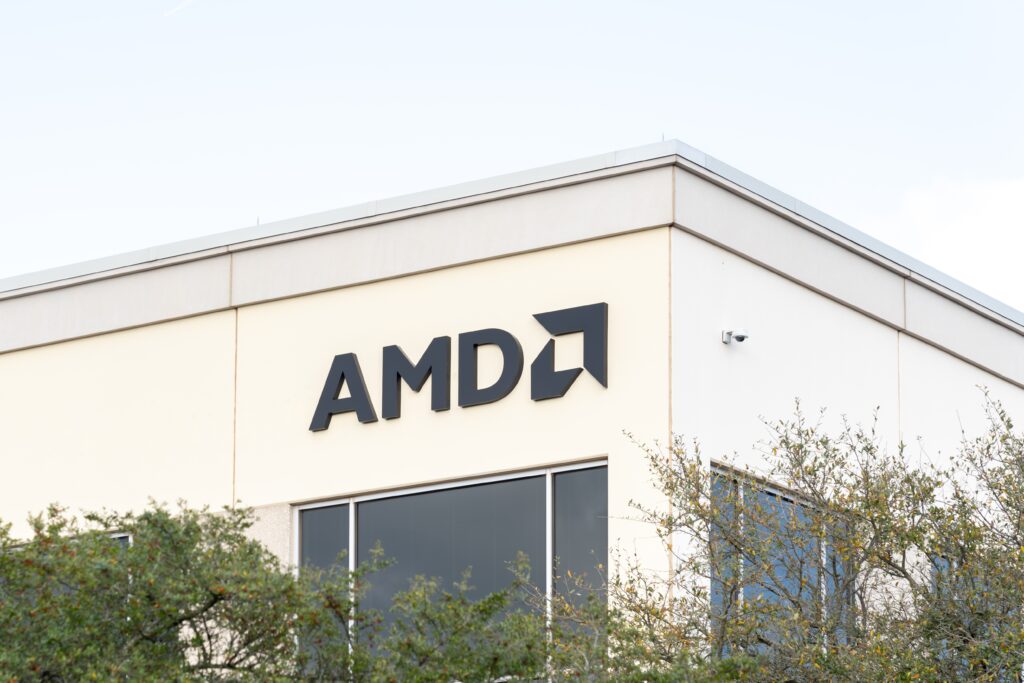News
Jul 11, 20244 mins
Generative AIGPUsMergers and Acquisitions
AMD’s acquisition of Europe’s largest private AI lab is its third AI-themed deal in less than a year, the latest installment in its plan to build an AI stack to rival Nvidia’s.
AMD turned its AI acquisition dial another notch this week, announcing a deal to buy Europe’s largest private AI lab, Finland’s Silo AI, for $665 million in cash.
Last August it bought French AI inference startup Mipsology, with tiny open-source AI compiler outfit Nod.ai following in October.
But those were small, tactical acquisitions, part of what AMD described at the time as a $125 million investment in AI.
Ingesting Silo AI for several times that sum is a much bigger statement of intent in a sector that increasingly resembles a frenzied technological assembly line.
AI hardware is an anxious place to be right now unless you are Nvidia. The latter dominates the market for AI chips with traditional microprocessor brands such as AMD and Intel trailing in its wake.
Tiny missteps can make all the difference as rivals try to build a viable platform to take on Nvidia and, longer term, the emerging AI chip-to-platform threat from tech superpowers Google, Microsoft, Meta, and Amazon.
AI scramble
As it was in its decades-long microprocessor competition with Intel, AMD’s selling point is its skill in playing second fiddle to a larger rival that nobody wants to completely dominate the market.
Business abhors a true monopoly. AI is no different, which is why large tech platforms have carefully invested in their own AI chips even as they seem inclined to fill their datacenters with Nvidia hardware.
AMD finds itself in the same role once again in AI. Squeezed from both sides, the catch is that it has to demonstrate its competence. So far, it is keeping up. Its open-source ROCm tools, which rival Nvidia’s CUDA platform, have gained a modest following of sorts alongside advanced new hardware such as last December’s Instinct MI300 series datacenter GPUs.
However, judging by the most recent Top500 supercomputing list, Nvidia’s platform still has an almost unassailable position in high-end AI applications.
Why Silo AI?
The high price paid for Silo AI, founded in 2017, reflects a young company that still offers a formidable mixture of know-how and technical achievement.
That includes its work scaling LLMs on one of the world’s most powerful supercomputers, the 380 petaFLOP Finland-based LUMI, which uses AMD’s 3rd-Gen EPYC 64-core CPUs and more than 12,000 Instinct MI250X GPUs.
On top of that, there’s the company’s Silo OS, a 300-strong team of engineers and AI consultants, and an interesting customer book collected over more than 200 commercial projects.
The people side of the deal shouldn’t be underestimated. As with any emerging tech sector, the side battle is always about expertise and ideas. Engineers with practical knowledge of turning AI projects into something that can be put to business use are still in short supply globally. Getting hold of them now is what counts.
After that comes the price-performance battle which is why the longer-term predators will also include Google, Microsoft and Amazon. These hyperscalers are busy designing their own AI chips with the aim of selling AI inference power to their vast customer bases.
Leaving themselves dependent on Nvidia in AI would — at least in their view — be a version of the tail wagging the dog. The interesting question is whether Nvidia might want to join their ranks as a new type of AI-oriented hyperscaler at some point.
AMD said the Silo AI deal will close in the second half of 2024, with CEO and co-founder Peter Sarlin continuing to run the company’s AI team while reporting to AMD senior vice president Vamsi Boppana.
Related content
news
Schneider Electric shares liquid cooling guidelines
As high-density data centers continue to add AI workloads, there’s growing interest in liquid cooling, thanks to its ability to transfer heat more efficiently than air cooling.
By Andy Patrizio
Jul 12, 2024
4 mins
Data Center
news
AWS launches Graviton4 instances
AWS says Graviton4 is its most powerful and energy efficient processor, suited for a broad range of workloads running on Amazon EC2.
By Andy Patrizio
Jul 12, 2024
3 mins
CPUs and Processors
High-Performance Computing
Cloud Computing
news
US lawmakers raise a red flag over Microsoft’s $1.5B investment in G42
The lawmakers want an assessment before the investment moves to the second phase, which involves the transfer of export-restricted semiconductor chips and model weights.
By Gyana Swain
Jul 12, 2024
4 mins
Data Center
analysis
Cisco Talos analyzes attack chains, network ransomware tactics
Ransomware actors often prioritize gaining initial access to targeted networks, says Cisco’s Talos security intelligence group.
By Michael Cooney
Jul 11, 2024
6 mins
Internet Security
Remote Access Security
Network Security
PODCASTS
VIDEOS
RESOURCES
EVENTS
NEWSLETTERS
Newsletter Promo Module Test
Description for newsletter promo module.
>>> Read full article>>>
Copyright for syndicated content belongs to the linked Source : CIO – https://www.networkworld.com/article/2515896/amd-buys-silo-ai-to-counter-nvidia.html
